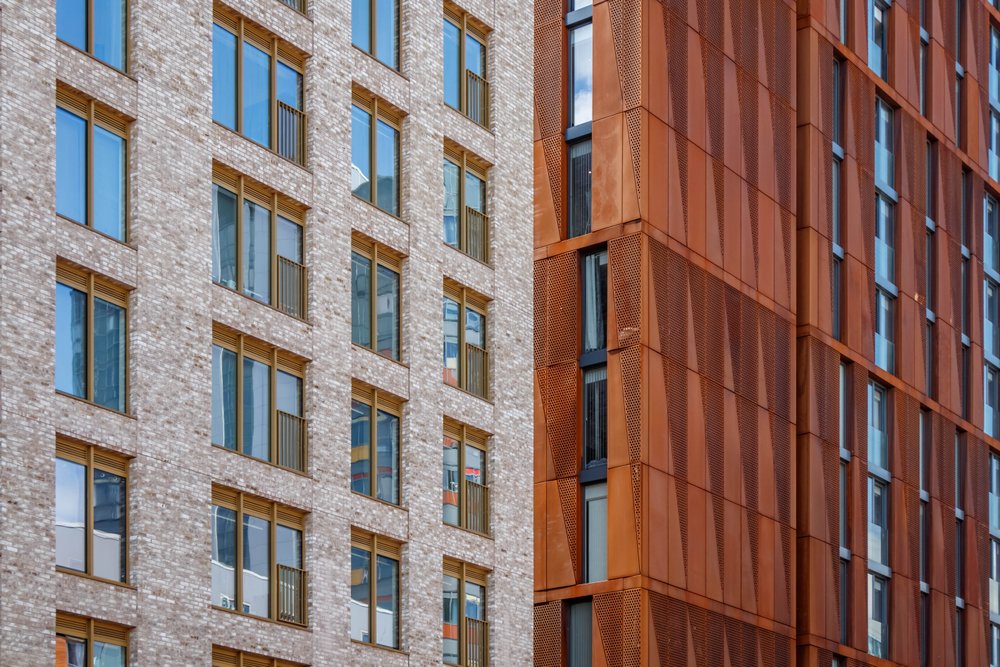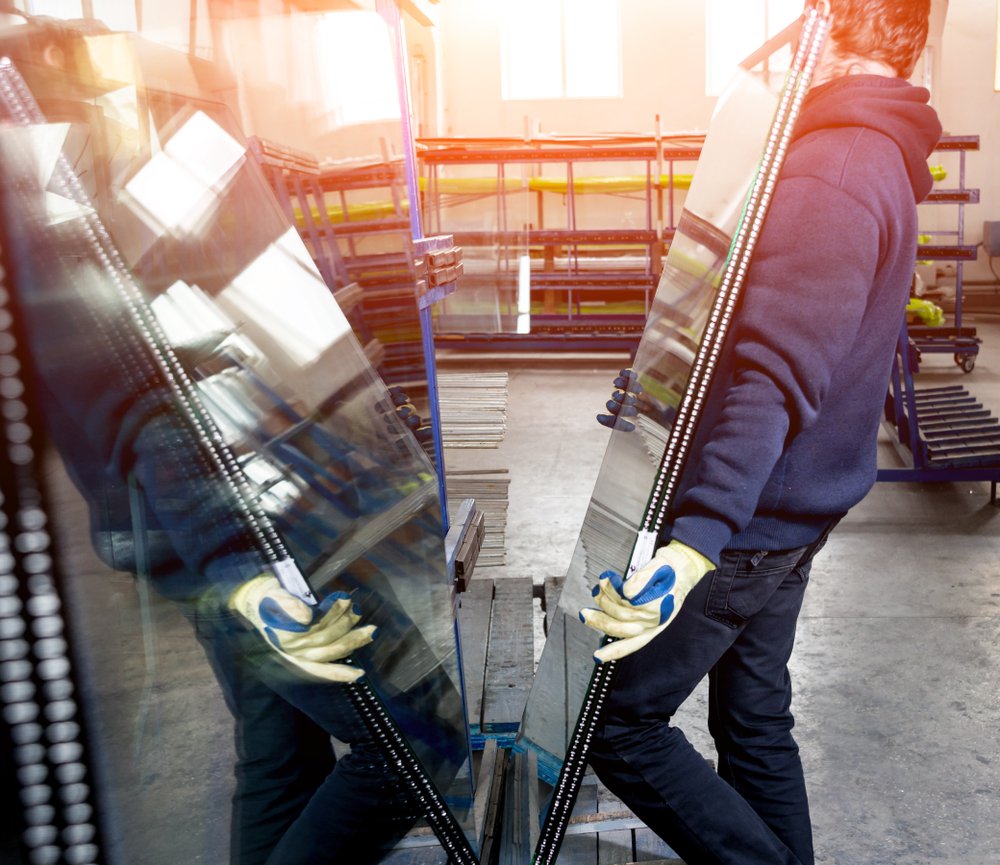The building envelope plays a pivotal role in determining energy consumption within structures. Industry data underscores the substantial impact of building envelope efficiency on energy usage, emphasizing the need for meticulous assessment and optimization. In this article, we uncover the critical influence of the building envelope on energy consumption, providing concrete insights and practical considerations for industry professionals. From insulation and window solutions to ventilation strategies and scientific principles, we aim to equip readers with the knowledge necessary to make informed decisions in enhancing building envelope energy performance.

Analyzing the Role of Insulation in Building Envelope Efficiency
Insulation stands as a cornerstone of building envelope efficiency, wielding significant influence over energy consumption and conservation. By meeting specific R-value requirements and utilizing appropriate insulation materials, structures can achieve remarkable energy efficiency. Here are key points to consider when analyzing the role of insulation in building envelope efficiency:
R-Value Requirements: Understanding the R-value specifications for different regions and building types is crucial. It directly impacts the effectiveness of insulation in minimizing heat transfer and reducing energy consumption. By adhering to or surpassing these requirements, buildings can significantly enhance their energy efficiency.
Insulation Materials: The choice of insulation materials is paramount in determining the overall performance of the building envelope. From traditional fiberglass and cellulose to advanced options like spray foam and rigid foam boards, each material offers distinct advantages in terms of thermal resistance, moisture control, and environmental impact. Selecting the most suitable material aligns with the goal of optimizing building envelope efficiency.
Energy Savings: Industry data consistently demonstrates the substantial energy savings achieved through proper insulation. By effectively minimizing heat loss and gain, insulation contributes to maintaining a comfortable indoor environment while reducing the reliance on heating and cooling systems. This not only leads to lower energy bills but also aligns with sustainability objectives by curbing overall energy consumption.
Assessing Window Solutions for Building Envelope Energy Savings
Windows play a pivotal role in the energy performance of a building envelope, directly impacting heat gain, loss, and overall energy consumption. When assessing window solutions for building envelope energy savings, it's essential to prioritize factors such as the U-factor and solar heat gain coefficient. Here are key considerations when evaluating window solutions for optimizing building envelope energy efficiency:
U-Factor Significance: The U-factor measures the rate of heat transfer through a window. Lower U-factor values indicate better insulating properties, leading to reduced heat loss during colder months and minimized heat gain in warmer seasons. Selecting windows with low U-factors is instrumental in enhancing the energy efficiency of the building envelope.
Solar Heat Gain Coefficient (SHGC): The SHGC represents the amount of solar radiation admitted through a window. Opting for windows with lower SHGC values helps minimize heat gain, particularly in regions with intense sunlight. This directly contributes to maintaining comfortable indoor temperatures and reducing the reliance on mechanical cooling systems, thereby conserving energy.
Window Technologies: Advancements in window technologies offer diverse options for enhancing building envelope energy efficiency. From double-pane and triple-pane windows to low-emissivity (low-E) coatings and gas fills, each technology presents unique attributes that contribute to energy savings. By leveraging these innovations, building professionals can effectively mitigate energy loss through windows.
Evaluating window solutions based on U-factor, SHGC, and advanced technologies can help stakeholders make informed decisions to optimize building envelope energy performance. The strategic selection of windows aligns with the overarching goal of reducing energy consumption, enhancing occupant comfort, and promoting sustainable building practices.
Understanding Ventilation's Influence
Ventilation systems wield a profound influence on building envelope performance and energy utilization, making them a critical aspect of energy-efficient building design. When considering ventilation's impact on the building envelope and energy use, it's essential to adhere to industry-specific standards for air exchange rates and ventilation strategies. Here are key insights into understanding ventilation's influence on building envelope energy performance:
Air Exchange Rates: Industry standards dictate the optimal air exchange rates for different building types, ensuring adequate indoor air quality while minimizing energy loss. By aligning ventilation systems with these standards, buildings can achieve a delicate balance between energy efficiency and occupant comfort, thereby optimizing overall building envelope performance.
Ventilation Strategies: The selection of ventilation strategies, such as natural ventilation, mechanical ventilation, or hybrid approaches, significantly impacts energy consumption and indoor environmental quality. Each strategy presents distinct advantages in terms of energy efficiency and operational effectiveness, necessitating careful consideration to align with the specific requirements of the building envelope.
Optimizing Ventilation: In the pursuit of enhanced building envelope energy performance, a thought-provoking proposition arises—the optimization of ventilation systems. By integrating advanced controls, such as demand-controlled ventilation and energy recovery ventilation, buildings can further enhance energy efficiency while ensuring superior indoor air quality. This proactive approach aligns with sustainability objectives and contributes to the holistic optimization of the building envelope.
Understanding the intricate relationship between ventilation systems, building envelope performance, and energy use is paramount in achieving energy-efficient building designs. By embracing industry standards, strategic ventilation strategies, and optimization opportunities, stakeholders can effectively enhance building envelope energy performance while promoting sustainable and comfortable indoor environments.

Exploring the Science Behind Building Envelope Performance
The science behind building envelope performance encompasses fundamental principles that directly influence energy consumption and indoor environmental quality. Here's a comprehensive overview:
Thermal Bridging: Understanding and mitigating thermal bridging, where heat bypasses insulation through conductive elements, is crucial in optimizing building envelope performance. By addressing thermal bridging through effective insulation strategies and thermal breaks, buildings can minimize energy loss and enhance overall energy efficiency.
Air Leakage: Uncontrolled air leakage compromises building envelope integrity, leading to energy inefficiency and potential indoor air quality issues. Implementing air sealing measures, such as air barriers and proper sealing of penetrations, is essential in curbing energy loss and ensuring optimal building envelope performance.
Moisture Control: Effective moisture control within the building envelope is imperative for preventing structural damage, mold growth, and energy inefficiency. Proper moisture management strategies, including vapor barriers and adequate ventilation, contribute to maintaining a durable and energy-efficient building envelope.
From insulation and window solutions to ventilation strategies and scientific principles, every aspect of building envelope design and performance directly impacts energy efficiency and indoor comfort. How can we further innovate and collaborate to push the boundaries of building envelope performance and energy conservation? For more insights and solutions, visit Insul-Lite Manufacturing.





